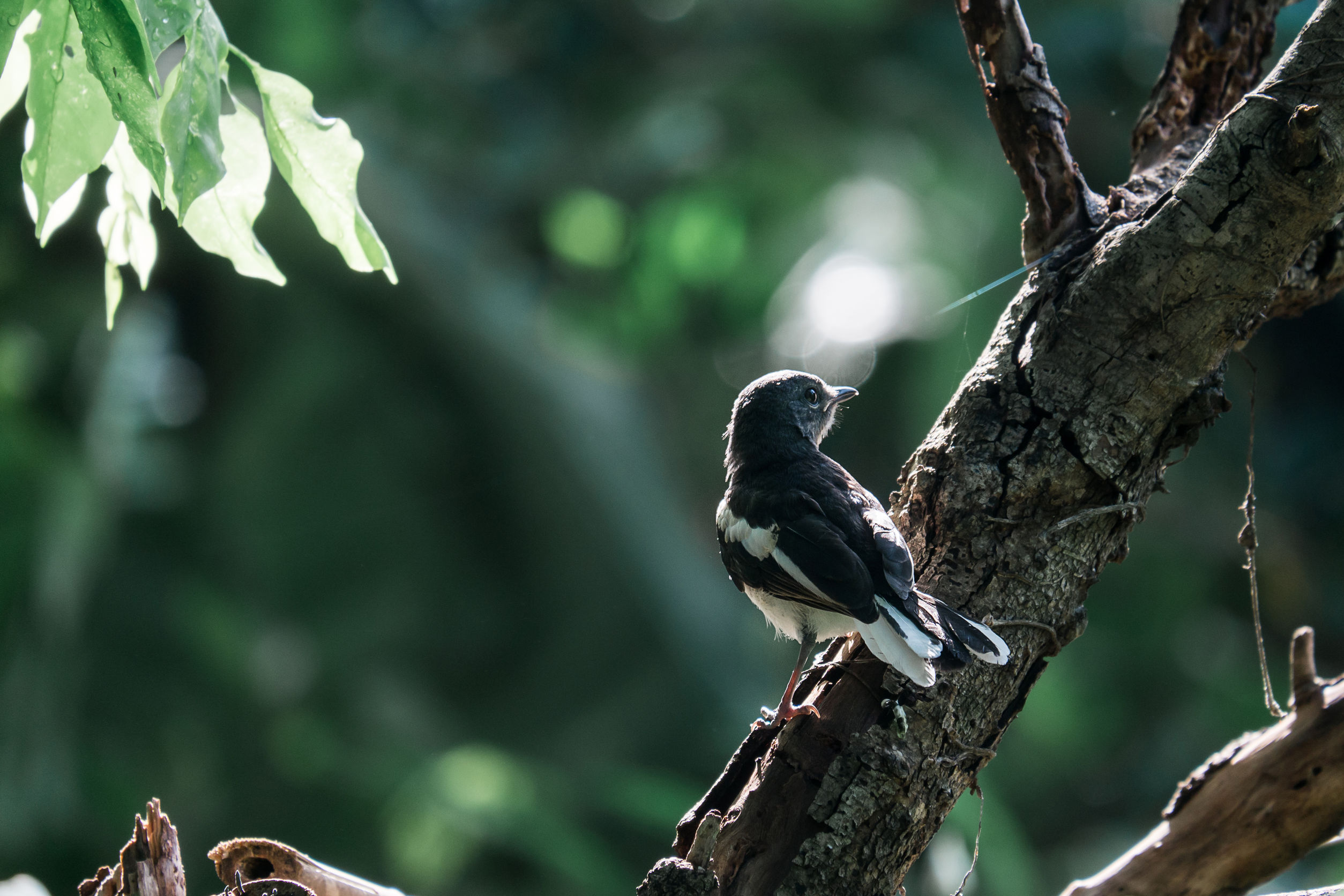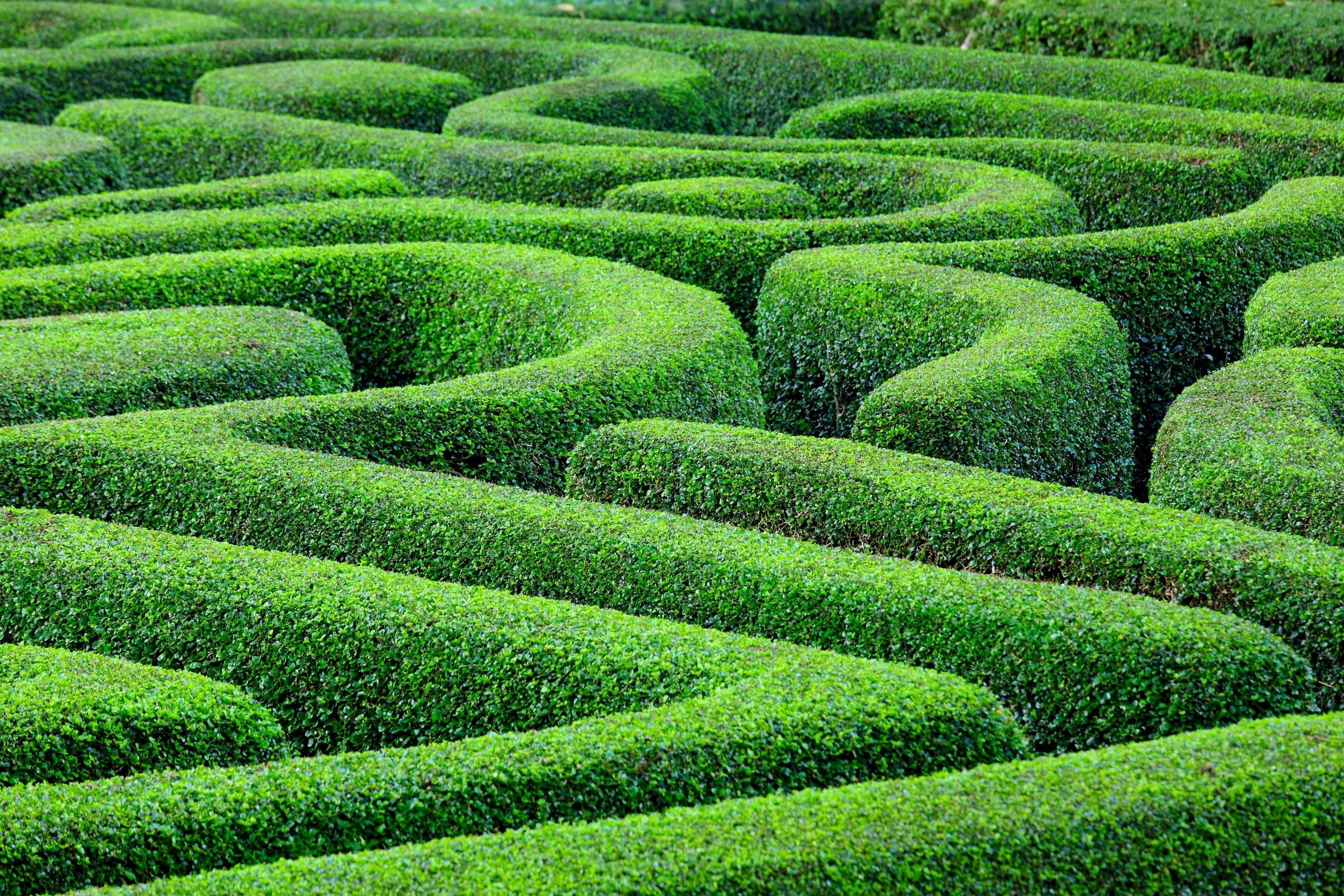Annette, Mary Jane and I journeyed for approximately twenty minutes after which we talked about what we had individually experienced. It seemed clear to each of us that we were being asked to keep the land as natural as possible by not building anything on it. Rather it was “heard” that it was important to create meandering pathways and sitting areas with benches so that those who come there can stop, rest and take in the beauty of nature. Along these lines, Annette talked about the possibility of erecting a teepee in the meadow just outside the woods that could be used for meditating and workshops. Teepees don’t disturb the earth as they simply sit on top of it. We also talked about creating a Faerie garden; a place where visitors could bring gifts for the land elementals (members of the Faerie or middle realm) who take care of the earth behind the scenes.
Many shamanic cultures work with the Faerie’s because we realize that they are so important to the land. While they are the invisible caretakers, it is important to honor them when working any land, anywhere. To keep them happy, it is wise to ask for their permission beforehand. They don’t like it when we humans just come in and do what we will without permission.
There was a time when the Faeries made their voices heard on a retreat property where I was part of a journey a few years back. They were quite upset that bulldozers had come in, disturbed their land and pushed them out of their homes without a care! Because of this, they had become quite rambunctious in their behaviors toward those who stayed on the property. Once they were heard and their story was told to the appropriate people, things calmed down again.
A little later, I will share another story with you about a different kind of experience I had on the Fairy Path at Lily Dale, New York, a village created by Spiritualist Mediums in the 1800s.
Annette also shared some beautiful imagery that came to her during her journey. She was shown to dig into the earth to find a ring, a bracelet and a cup. Is she meant to actually find these things on the land? Perhaps, but many times when we journey, we are given images of items that are not so much physical as they are symbolic, as you will later come to understand.
When we were finally satisfied with what our journeys seemed to represent, it was time to create an apecheta or cairn (from the Celtic tradition), which is built with stone relatives. Apecheta is another Quechua word that means, the source where the flow begins. This stone structure is intentionally and specifically built.
Building an apecheta is an act of reciprocity. It is a gift to the earth in return for all it provides to us. This particular apecheta would be built in order to tune people into the source where the flow begins on this parcel of land. Having already received permission from the land elementals for the work we were doing, Annette and Mary Jane looked around for a place that felt energetically and spiritually right. The site found was both centrally located and accessible for visitors. It was to be built close to Grandfather Tree who had made himself known to us earlier that afternoon.
Building the Apecheta
Again, intention is highly important in building an apecheta! Each step is to be accomplished with reverence to the land, plants and the stone people who become part of this sacred structure. Remember that everything in the universe is made of the same stuff and that even what we call inanimate objects contain spirit in the concept called animism. Therefore, we are related to the stones, plants and nature elements that will be used in the creation of this apecheta.
After acknowledging the four cardinal directions, which are important to know for the building the apecheta, we prepared the ground by clearing a circle of space and sprinkling Florida Water within it. Florida Water is a sacred liquid that is said to be named for the Fountain of Youth purportedly located in Florida. Its qualities are used to cleanse and consecrate an area before ritual work such as creating an altar or an apecheta. It can also be used for protection. When I was in the Peruvian Amazon jungle in 2012, the shaman anointed each of us with Florida water before every ceremony we attended in the temple.
Once the ground was prepared, I asked Annette to begin the underlying portion of the apecheta by creating a circle or “sacred hoop of life” of cornmeal about 18” in diameter in the center of the space we had cleared. Cornmeal represents an indigenous food of the Americas and is a way to mark sacred space. As instructed, she began creating this circle in the south and continued clockwise ending again in the south. As Annette drew it, she mentioned that this golden circle reminded her of the gold bracelet she had seen in her journey! Almost immediately, one of her symbols was realized! We each took a moment to take this in with gratitude.
Next, I invited Mary Jane to create a cross of tobacco in the middle of the cornmeal circle. The Andean Cross represents the balance of life. First, a line of it was drawn from north to south, representing the connection of the spirit realm to the earth and then from east to west representing the human lifespan from birth to death. Shamans, in the Americas, use organic additive-free tobacco as an offering during rituals and ceremonies as it is a means to communicate with the spirit world.
Then, I created a “k’intu,” a small bundle of three perfect bay leaves of similar size placed one on top of the other. In South America, a k’intu is made with cocoa leaves. I blew an intention into the bundle then we placed it in the middle of the cross as an offering to the nature spirits. The three leaves represent the three non-ordinary worlds and are placed facing up toward the sky with stems facing south. We also added a small clear quartz crystal in the center as another gift. At this time, I talked about this space becoming a vessel for the stones that would soon be added. Annette recalled another object she had seen in her journey, the cup! Now two of the items had been found!
Next, we began placing stones around the perimeter of the circle. We gathered ours directly from the land. Four larger stones were placed in the four cardinal directions beginning in the east, following in the west, north then south. This was followed by two smaller stones being placed in between the larger stones beginning in the SE, then the NW followed by the NE and finishing in the SW.
When the base of the apecheta was set, other stones of various sizes were placed however they fit. The last stone, called the capstone, was placed on top. The capstone may or may not be cone-shaped and it is what transmits energy into the apecheta and Mother Earth or Pachamama.
After the capstone was placed, it was time to activate the apecheta by calling in the directions. While they can be called in English, directions can also be called in the Quechua tradition. This tradition begins with Pachamama (Mother Earth) in the south, then Mama Killa (Mother Moon and water element) in the west, Wiraqocha (Grandfather Sky and air element) in the north, Inti (Father Sun and fire element) in the east and finally, the center, which is K’uychi (Rainbow and ether element).
Each direction is chanted three times.
The last step in building an apecheta is to feed it. This is done by giving offerings that may include song, food, flowers, sprinkles of Florida Water, prayers, more stones, incense, tobacco and/or cornmeal. Any number of items may be offered as reciprocation. Feed it as often as possible. The full moon, new moon, solstices and equinox’s are great times for feeding an apecheta as well as other celebrations. The three of us sang songs while we drummed, rattled and used the tingsha cymbals. We also offered prayers, intentions, tobacco and cornmeal.
While a closing ceremony may occur, the apecheta is left open so that it can always be added to. It is never completed. Therefore, the apecheta on Happy Trails land is open to visitors who wish to add stones and other offerings.
Reciprocity, in the shamanic tradition, is a highly valued concept. It is the act of giving offerings in return for what we have been given. We are privileged to walk upon our Mother Earth and to receive her resources and support everyday. She sustains us in so many ways. Reciprocity creates balance in the world by creating a flow of giving and receiving.
In the final portion of this article, we will talk about offerings and how even our smallest actions make a great difference in the world.







Join the Conversation